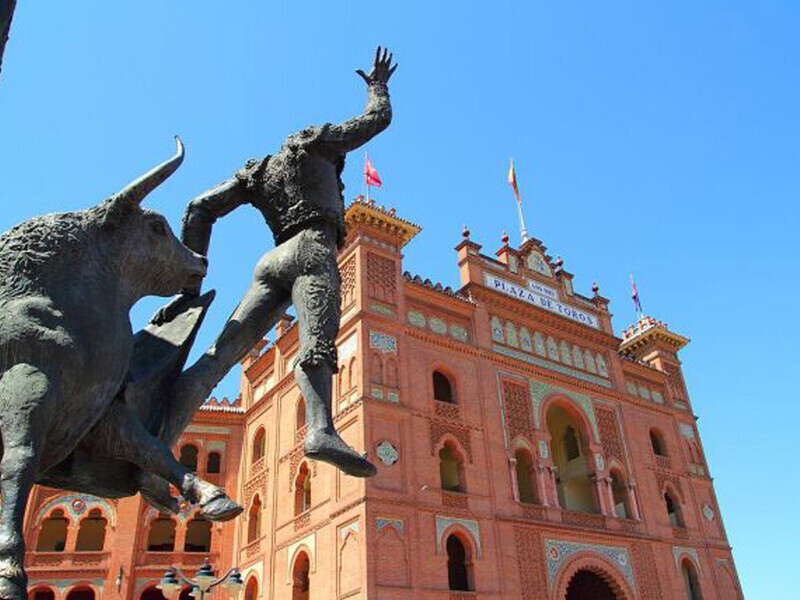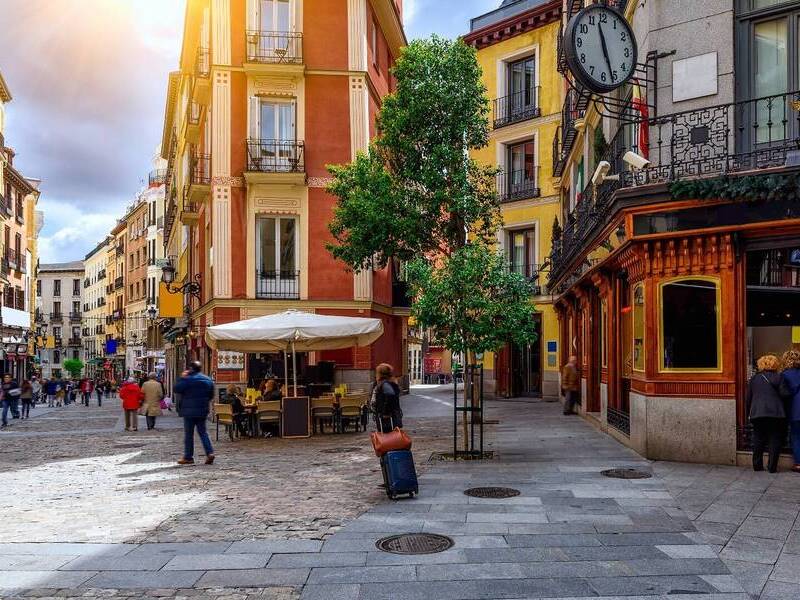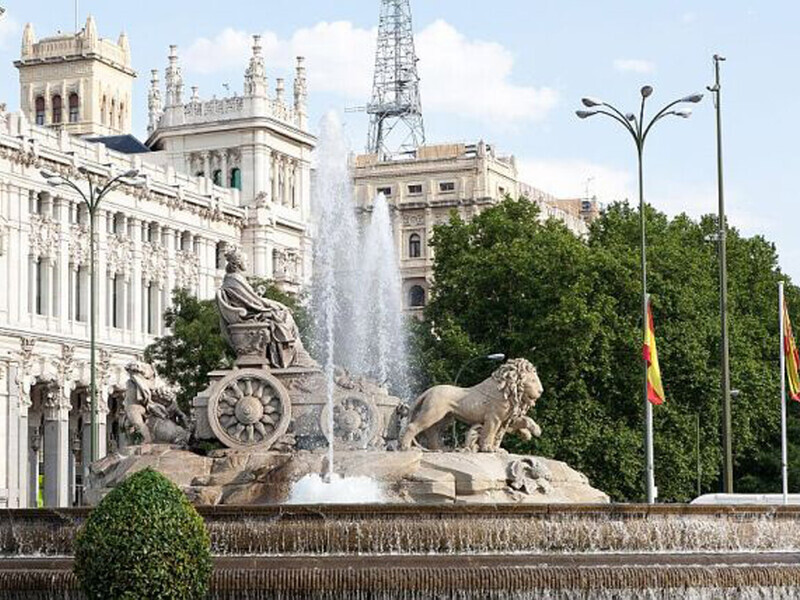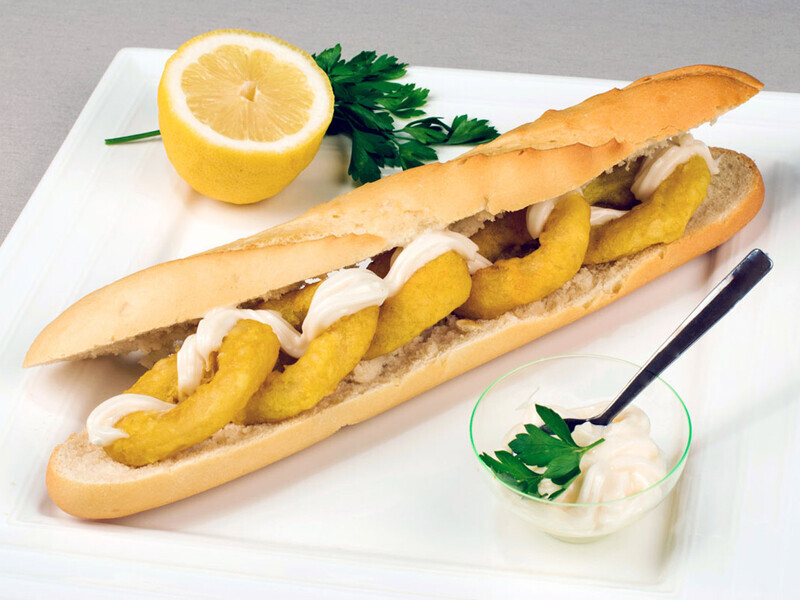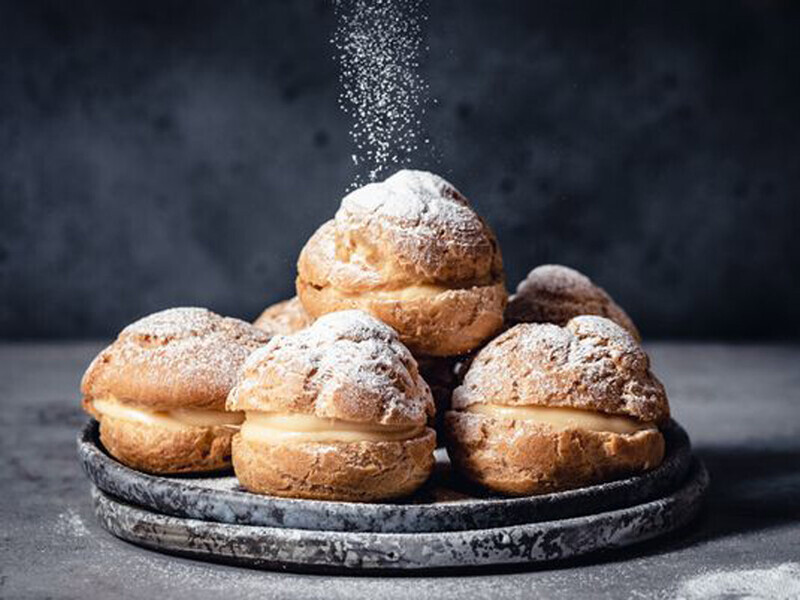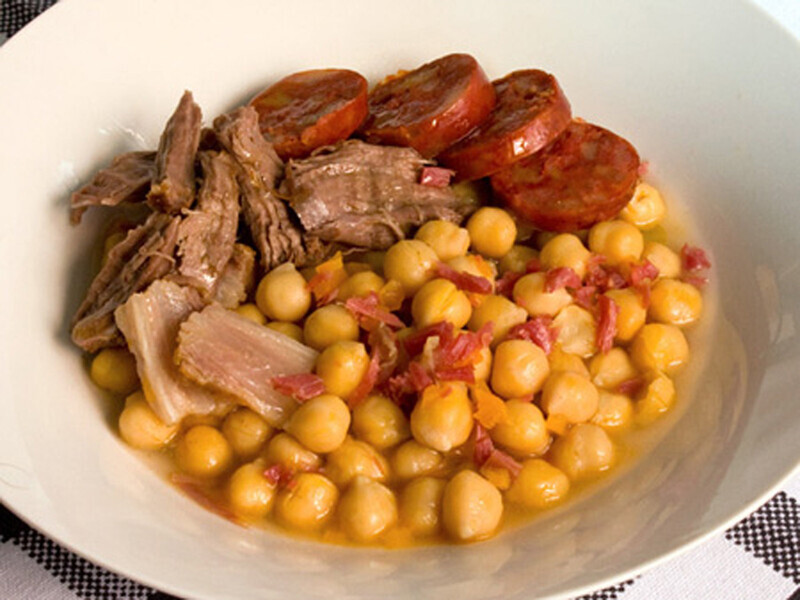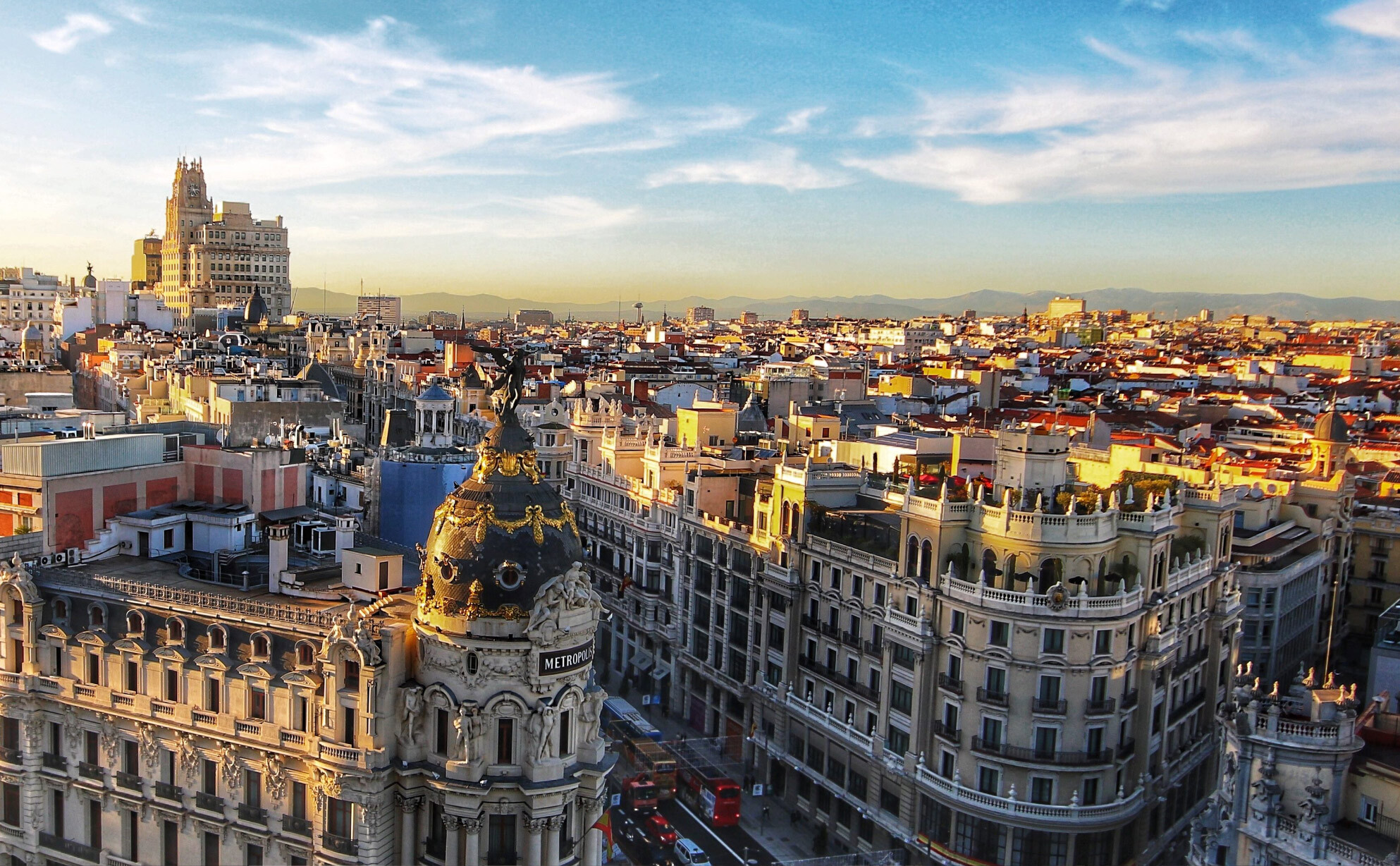
The capital and largest city of Spain is in the central part of the Iberian Peninsula. It represents one of the most important global centres, i.e., one that is considered an important part of the world economic system. This fact is reflected in politics, education, media, fashion, science, culture, and art.
The area of present-day Madrid has been inhabited since prehistoric times, with archaeological findings attesting to the presence of Celts, Romans and Germanic peoples. Arabs founded Madrid itself in the 9th century as a fortress to protect the capital of their caliphate, Toledo.
Madrid grew in importance over time, and in 1561, King Philip II of Spain chose it as his capital. During the 18th century, roads were built radially from Madrid out to the whole of Spain. In the second half of the 18th century, King Charles III of Spain continued in developing the city, introducing sewers, street lighting and establishing cultural and other institutions. And in the latter half of the 19th century, the city became a centre of finance and services, and rail transport was introduced. Madrid was established as the capital of Spain by its Constitution of 1931, and this status was confirmed by the Spanish Constitution of 1978.
There are many historical monuments to see in the city. The metropolis is dominated by the Palacio Real, which is the official residence of the King of Spain and houses valuable historical and artistic collections. You'll stay just a 5-minute walk from its entrance gate at Plaza España. You can also easily visit Madrid's central Plaza Mayor. Famous for its cafes and traditional old shops, it is one of the city's main tourist attractions.
What to taste in Madrid
Madrid's cuisine draws on influences from all over Spain and is characterised by dishes fried in vegetable oil. A traditional Madrid dish is called cocido madrileño and consists of several types of meat, potatoes, and chickpeas. Eggs on fried potatoes are called huevos rotos and are often eaten as appetizers called “tapas”. Fried potatoes served with a spicy sauce are called patatas bravas. A sandwich filled with fried calamari rings is called bocadillo de calamares. A dish of tripe is known as callos a la madrileña, and a cooked pig's ear is called oreja a la plancha.
Fried batter pastries in the form of sticks or spirals with a star-shaped cross-section, or churros, are coated in sugar and cinnamon, or may be covered with chocolate or caramel. When it comes to desserts, fried stuffed buñuelos, stuffed street sweets tejas and barquillos tubes are definitely worth a try.
Good food should be interspersed with good drinks. Madrid itself is a wine-producing region. Of course, you can also try the local Mahou beer, and you shouldn't miss the local liqueurs - orujo made from grapes, orujo de hierbas with herbs, licor de anís, an aniseed liqueur, or licor de madroño, a strawberry liqueur. Another popular drink in Madrid is the aromatic vermú, or vermouth, which is drunk as an aperitif and is on tap in many bars there.
